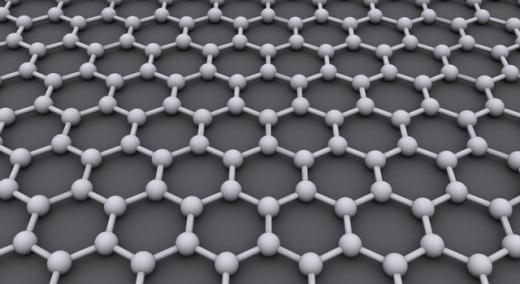
Graphene and related 2D materials have the potential to disrupt technologies such as energy storage devices, composites, and electronics through their exceptional material properties. Depending on the material, these can include properties such as high electrical conductivity, high mechanical strength, and high thermal conductivity.
|
ADVERTISEMENT |
However, when 2D materials are produced at industrial scale, their properties can differ from materials produced in a laboratory.
Liquid phase exfoliation (LPE) is one of the most widely used methods for producing 2D materials at scale. With this method, bulk powders, such as graphite, are perturbed in an organic solvent to generate shear forces and break the 2D layers apart into smaller nanomaterials—a process known as exfoliation. However, nanoplatelet dispersions produced with this method often contain unexfoliated bulk particles, exhibit a large variation in particle size, and the surface chemistry can vary with the addition of functional chemical groups introduced during synthesis.
…
Add new comment